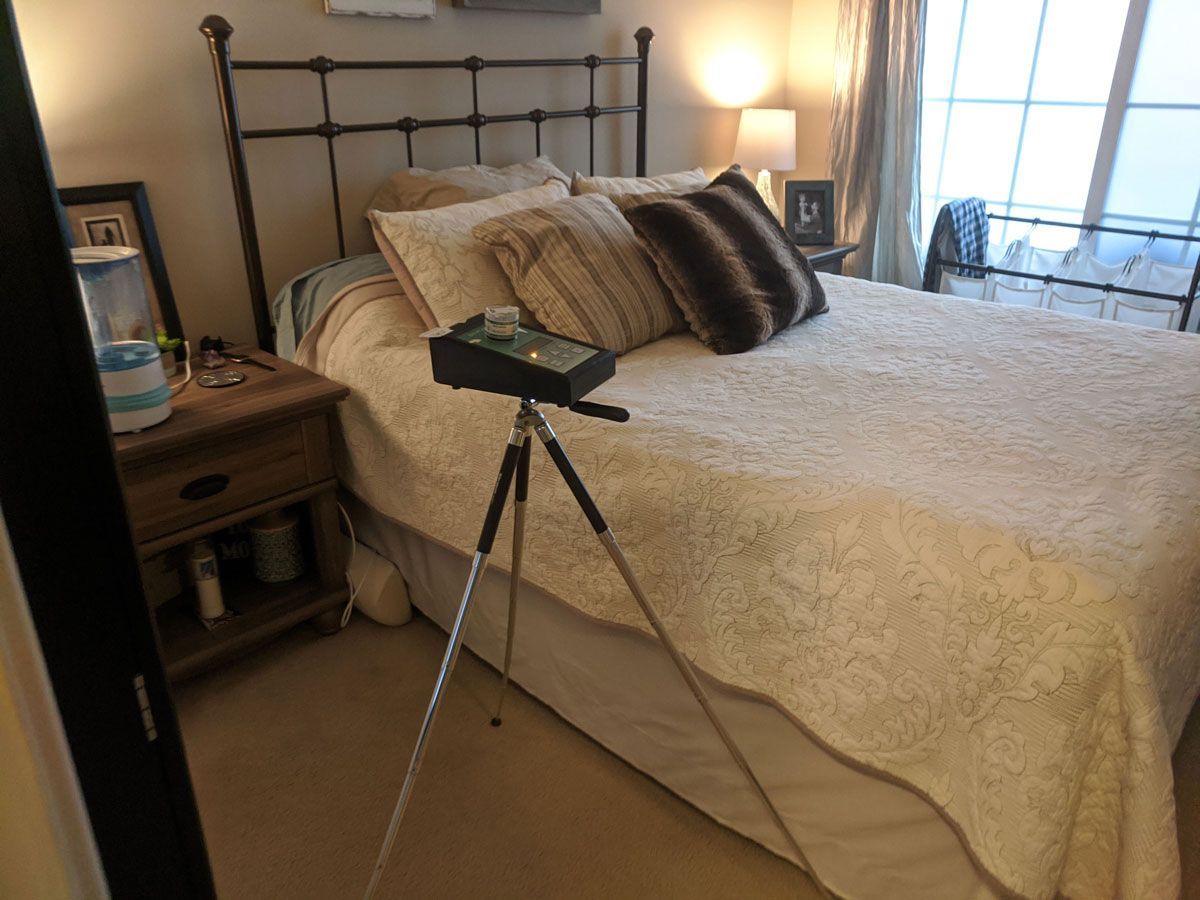How Often Should You Conduct a Mold Inspection?

Mold can cause various health problems and damage to your property. Knowing when to conduct a mold inspection is essential to protect your family and home. Although there aren't specific federal or local government recommendations on how often mold inspections should be performed, various factors can help guide you. Mold inspections should be handled by trained professionals. For the best mold inspection Sunset Beach NC offers, call today.
Mold can cause structural damage to your property, leading to expensive repairs. Additionally, mold exposure can result in health issues such as allergies, respiratory problems, and skin irritations. Regular mold inspections help identify hidden mold growth, moisture issues, and potential sources of mold before they become significant problems.
Mold can grow surprisingly fast, often appearing within 24 to 48 hours of a water intrusion or moisture problem. Favorable conditions such as high humidity, warmth, and an organic food source can further accelerate mold growth, causing it to spread throughout your home in a matter of days. Given the rapid growth of mold, it is essential to address moisture issues and conduct mold inspections promptly.
Factors That Influence the Frequency of Mold Inspections
1. Age of the Home: Older homes are more susceptible to mold growth due to aged building materials, poor ventilation, and possible water damage.
2. History of Water Damage: Homes with a history of water damage, leaks, or flooding are at higher risk for mold growth and should be inspected more frequently.
3. Climate: In humid areas like North Carolina, moisture control prevents mold growth, and regular inspections are recommended.
4. Health Concerns: If occupants are experiencing unexplainable health issues, mold exposure may be the culprit.
If you fear mold could be a problem in your home, you should not hesitate to contact professionals for a mold inspection. Call our team today for the best help in North Carolina.



